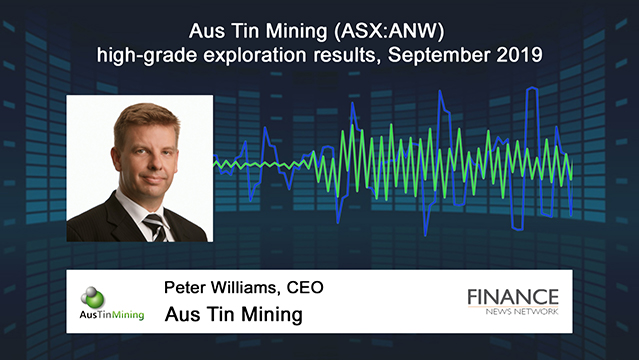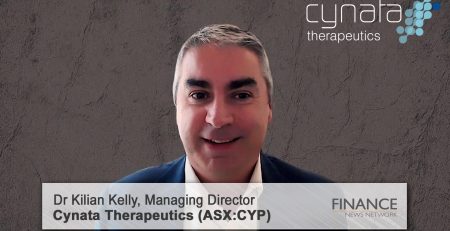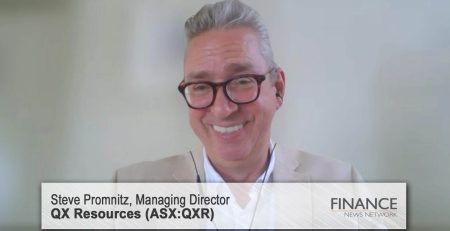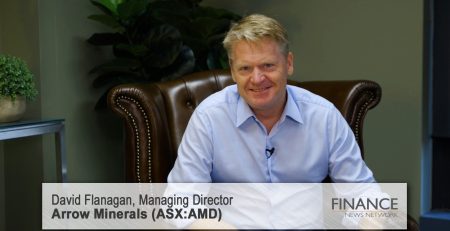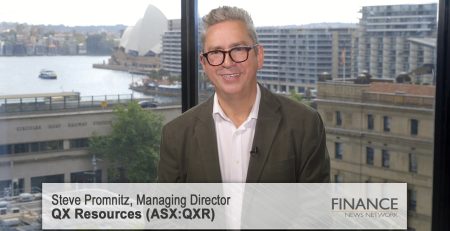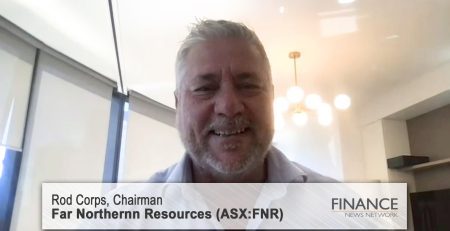Aus Tin Mining (ASX:ANW) high-grade exploration results
Aus Tin Mining Limited (ASX:ANW) CEO, Peter Williams discusses the company’s high-grade exploration results from its northern NSW project, plus how it’s poised to benefit from the rise of ‘critical minerals’ designation.
Jessica Amir: Thanks for tuning in to the Finance News Network. I'm Jessica Amir and joining us now from Aus Tin Mining (ASX:ANW) is the company's CEO, Peter Williams. Hi Peter, hope you're well and thanks for your time, and thanks for joining us from Brisbane.
Peter Williams: Thanks Jessica. Appreciate the opportunity.
Jessica Amir: First up, Peter, Aus Tin (ASX:ANW) recently announced some high grade exploration results from the company's northern New South Wales projects. Just summarise the key highlights and remind viewers what the focus of this project is directed to.
Peter Williams: We've just recently completed some field reconnaissance at our Emmaville and Torrington exploration licenses, which are in northern New South Wales. They follow some really good work from our geological and community team to get access to a number of new areas, particularly along the contact between the Mole Granite and the meta sediments, which is the area most prospective for a range of minerals including tungsten and lithium. Now, of particular interest for us was the historic McCowan's and McKinnon mines, which actually run along this contact. We've got some pretty high grade rock chip results including 3.6 per cent tungsten and another one that just over 2 per cent tungsten, but with some silver. About over one ounce per ton and 0.26 per cent copper. So some some pretty good grades there and they're from a high grade mineralised veins so that we can typically sort of track over several kilometers. So that looks quite interesting.
Also of note was the result that we got from field reconnaissance at what we call the Reeds prospect, which is only about 500 meters from Taronga. Again, some really good rock chip results there, over 212 grams per ton of silver, 5.79 per cent copper, 1.24 per cent zinc and an interesting one with 179 PPM Indian. So really interesting prospect there. And finally we also did some field reconnaissance at our Great Britain prospect, which is a tin Porphyry or sheeted vein system similar to Taronga in terms of the type of tin mineralisation. And interestingly we got some very similar types of grades for silver and copper. It's sort of three grams per ton of silver and 0.08 per cent copper, which is actually quite similar to Taronga. So all up, a very exciting and productive field program completed.
Jessica Amir: And in the announcement you provided some background to the ‘critical minerals’ sector, would you mind just telling us about this and what it means for Aus Tin Mining?
Peter Williams: They're a suite of minerals that metals and non-metals that are considered vital for economic wellbeing of major commodities, and yet, whose supply maybe at risk due to various factors including, so geological scarcity, geo-political issues, trade policy, et cetera. Certainly the United States came out with a list last year, about 35 critical minerals, and they included tin, tungsten bismuth, Indian, lithium, rubidium, all of which we've previously considered our Emmaville and Torrington tenements prospective for. So I guess our view is that we think critical minerals could follow battery metals as the next sector to take off. And obviously we're clearly well positioned with an exploration perspective.
Jessica Amir: And just lastly, Peter, going forward, what are plans for further exploration at your Emmaville New South Wales project?
Peter Williams: Well, I think, Jessica, we're probably going to fast track some of the exploration around some of these critical minerals. I guess specifically tungsten as well as tin, and that'll probably focus on areas and prospects such as McCowan and McKinnon. But we also want to pursue this sort of polymetallic precious metal opportunities that we're seeing, specifically copper and silver. And I think we'll look at projects such as Reeds. But we'll also look at projects such as Great Britain, where the potential for copper and silver by product potential could enhance the viability of the underlying tin project.
Jessica Amir: Peter Williams, thank you so much for the update.
Peter Williams: Thanks Jessica. I appreciate that.
Ends
Copyright 2019 – Finance News Network
Source: Finance News Network

